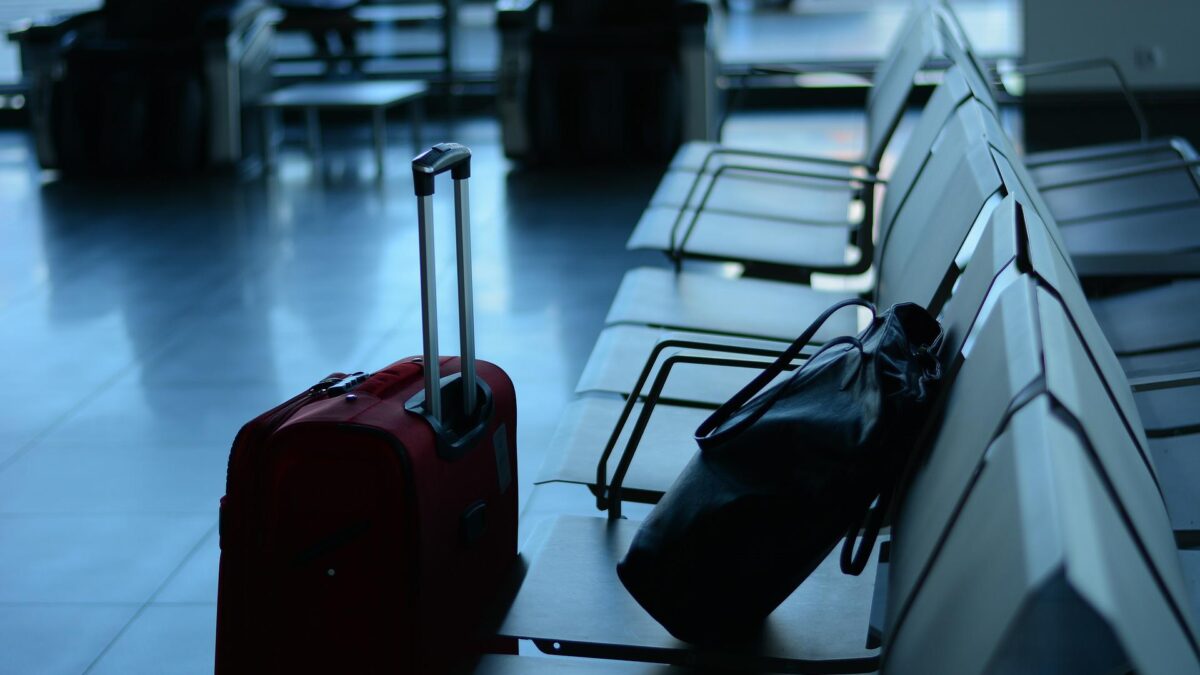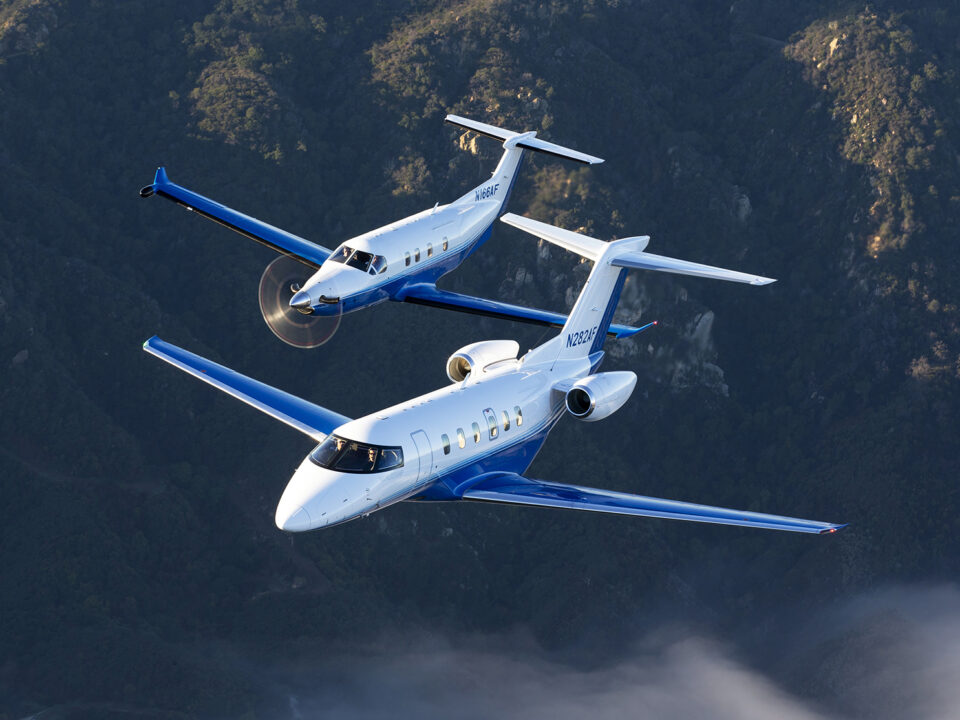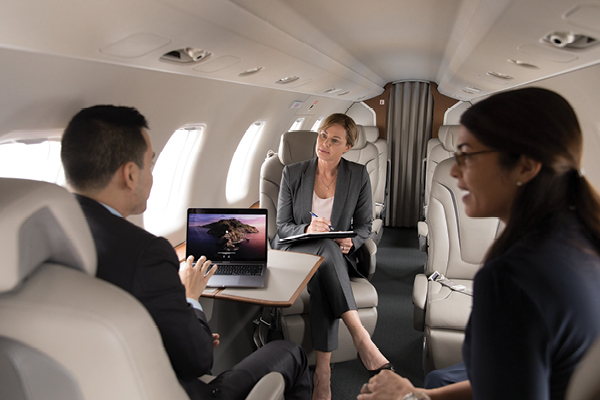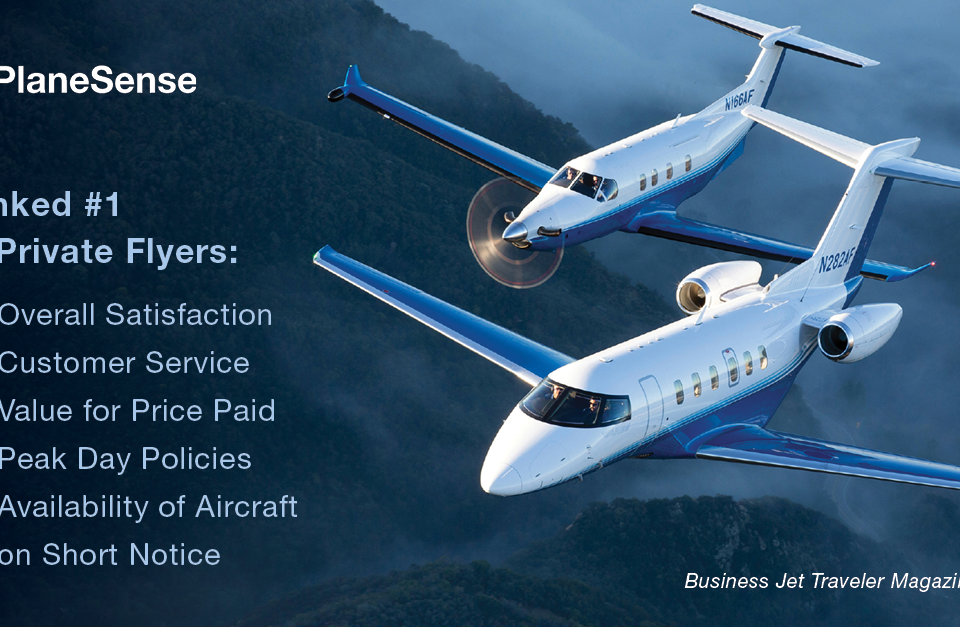The Cost to Fly Privately: Aviation Industry Impacted by Soaring Demand and Increased Costs

Demand for private aviation has reached new, record-breaking heights as the global pandemic steered consumers from long, congested terminals and aircraft, to the convenience and safety of smaller, less-crowded on-demand flights. From business trips to vacation retreats, private aviation programs became a hot commodity, and that demand remains even as the industry continues to emerge from the pandemic. The compounded financial ramifications of that demand have been further challenged by supply chain issues and staffing shortages, which are impacting private aviation in ways never before realized. Forbes recently reported that hourly charter pricing has increased by 21 percent since Q4 of 2020 and five percent since Q4 of 2021, an example of what is happening across private aviation as a whole. While historical inflation is also playing a role in rising costs, there are many other factors contributing to unprecedented increases across the industry:
A case of supply and demand
Americans took to the skies in record numbers as pandemic travel restrictions began to lift. Commercials flights are now back to pre-pandemic levels, but more and more people have sought private aviation as a safer way to fly, preferring the convenience of private flights as well as the ability to avoid exposure to the large crowds of airline terminals. As a result, demand for fractional aircraft ownership, charter flights, jet cards, and memberships have increased dramatically in recent months. But the total number of available flights is down ten percent, causing costs to escalate dramatically.
Many aircraft available for charter are often managed aircraft, where the owner opens availability to the market when they aren’t utilizing the aircraft themselves. These owners are using their aircraft more than ever post-pandemic, meaning fewer aircraft are available to charter customers. As more and more travelers seek on-demand private flights, the lack of aircraft is driving prices considerably, sometimes tens of thousands of dollars more than the same flights would have cost before the pandemic. These increases are impacting other operators, such as fractional programs that sometimes seek charter flights to supplement their own fleets during periods of high demand.
The impact of a global pilot shortage and critical staffing challenges
Prior to 2019, a growing pilot shortage was already starting to impact operators. Thousands of commercial pilots were nearing mandatory retirement age, and the number of new pilots in the pipeline wasn’t keeping pace with attrition or demand. With the onset of the pandemic, travel came to a screeching halt and thousands of pilots were furloughed, mostly those flying for the airlines. Many pursued other careers or retired early. Others moved to private aviation, which was a benefit to those companies as travel rebounded and the demand soared for private flights considered safer from COVID-19. The pilot shortage, however, wasn’t solved with the pandemic. In fact, the Bureau of Labor Statistics projects that pilot employment needs will rise 13 percent between now and 2030–faster than the average of all occupations in the country.
As commercial airline flights began to recover, the entire industry scrambled to recruit and retain qualified crews. Business aviation programs have been hit especially hard as the airlines and larger operators have greater financial resources to offer generous and broad incentives, including large sign on bonuses, increased compensation, enhanced benefits, better schedule options, and lifestyle perks that smaller operators can’t always match. More pilots moving to the airlines or larger private aviation companies means the smaller operators are left without enough pilots to meet the incredible demand of their clients. As a result, smaller companies have had no choice but to offer much extensive pay increases just to compete. The increased compensation and benefits pose a greater financial impact that was impossible to forecast prior to the pandemic.
Despite the deep pockets of the airlines, they are not necessarily immune to the pilot shortage. Hundreds of routes have been eliminated, leaving many smaller communities without airline service. Business aviation offers an ideal solution to fill these voids, but with a limited number of pilots, meeting the demand is daunting, causing charter flights, for example, to come at a premium.
Similar to the pilots, a shortage of aircraft maintenance technicians was impacting operations across the U.S. prior to the pandemic. The Federal Aviation Administration (FAA) issued 30 percent fewer new mechanic certificates in 2020 and the pipeline to fill the need is impacting companies throughout the industry. It is projected that 132,000 new technicians will be needed between 2021 and 2040. Aviation companies have been trying to attract qualified technicians to keep their aircraft in optimal working condition just to meet the increased demand. The shortage of certified mechanics hampers the ability to get aircraft repaired, conduct required regular inspections, and return them to service in a timely manner. Again, companies are enticing technicians with enhanced compensation and benefits packages, which further drives up the cost of flying.
Labor force shortages in the industry aren’t limited to pilots and maintenance technicians. Flight departments across the U.S. are stretched thin and struggling to find employees to maintain staffing levels that support 24-hour operations. The lack of fuel truck drivers means longer waits for fueling at FBOs, which delays or prevents subsequent flights. Ground support staff, crucial for marshalling aircraft to FBOs, moving aircraft to hangars, and providing support to pilots and passengers, are becoming more difficult to recruit. Aircraft cleaning crews are also suffering shortages. Without these teams, operations are greatly slowed, adding to the financial impact on operations.
Costs for catering, hotels, and rental cars for pilots on the road for a week or more at a time, are increasing at an incredible pace as other industries struggle with their own staffing and supply issues. Again, increased compensation and benefits are aimed at recruiting qualified employees to fill all of these crucial roles, driving up costs at all corners of the industry.
Supply chain woes and fuel costs
It seems no industry in the U.S. is immune to supply chain issues right now, including aviation. The availability of aircraft parts and shipping delays are impacting the ability to repair and return aircraft to service in a timely manner. Parts are increasingly more costly. Deliveries of new aircraft are significantly delayed as manufacturers struggle with finding parts necessary to complete production. Fewer new aircraft in the pipeline has driven up prices on new and used aircraft alike, resulting in higher costs for on-demand programs trying to manage increased flight volumes.
Jet fuel is not exempt from the inflation Americans are experiencing on fuel costs as a whole. As of May 2022, the price of fuel for aircraft was 149% higher than it was in May 2021. The increase is being realized in higher commercial ticket prices as well as increased operating costs for private aircraft.
With no end in sight to the financial impact on private aviation, experts can only offer suggestions for managing the situation: Book flights early, plan for potential delays, consider all flight options, weigh the cost of your time versus the cost to fly, and be patient.





